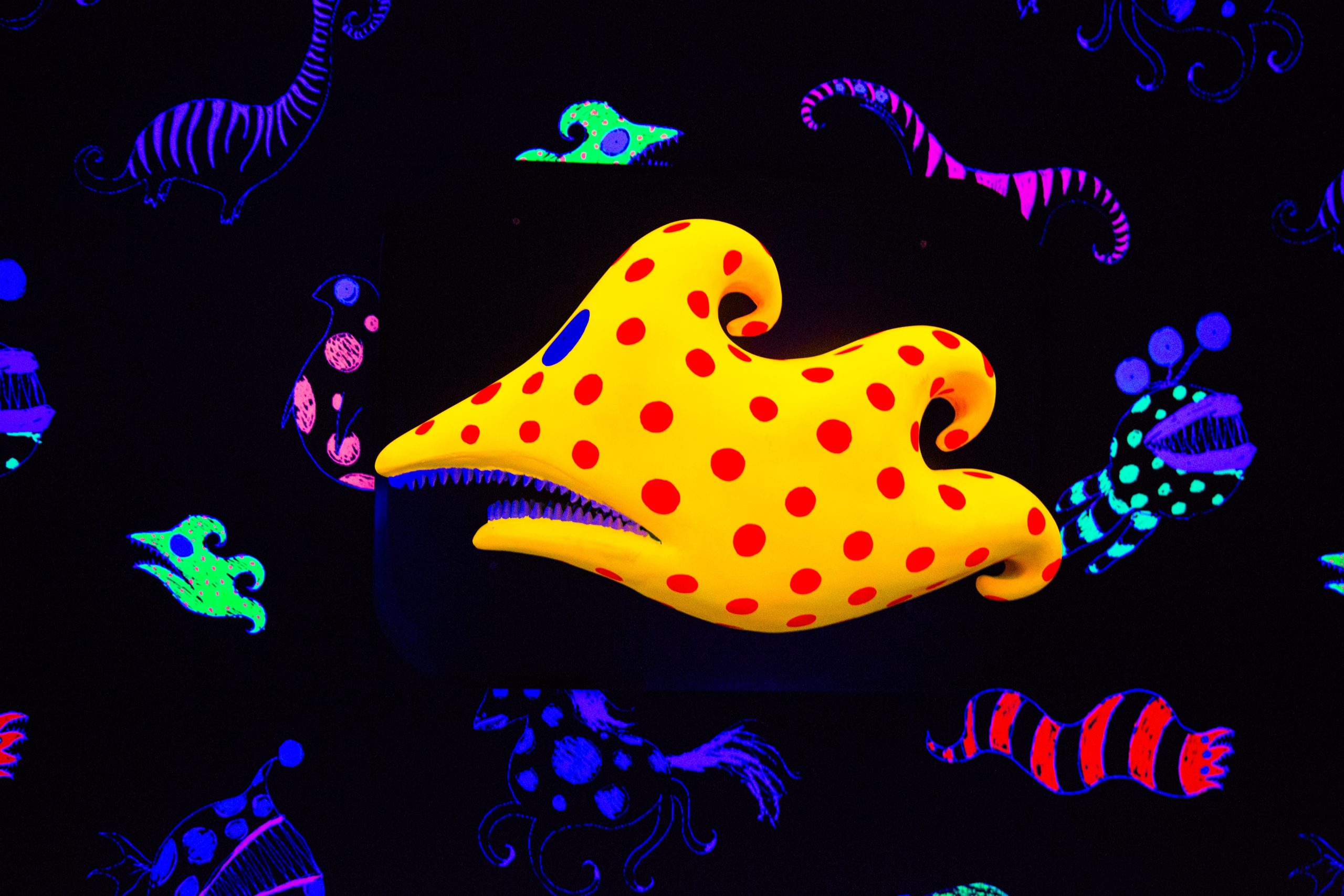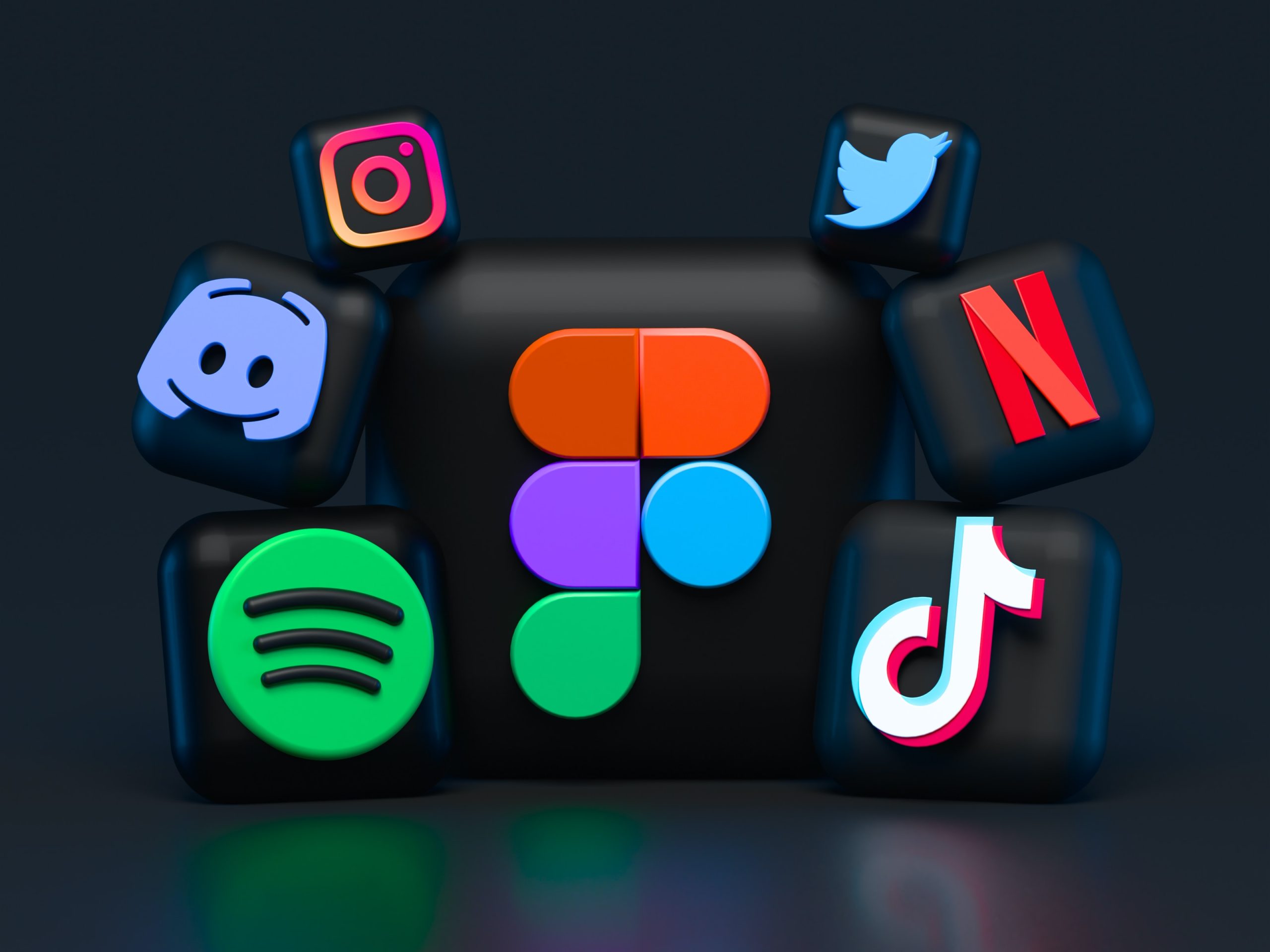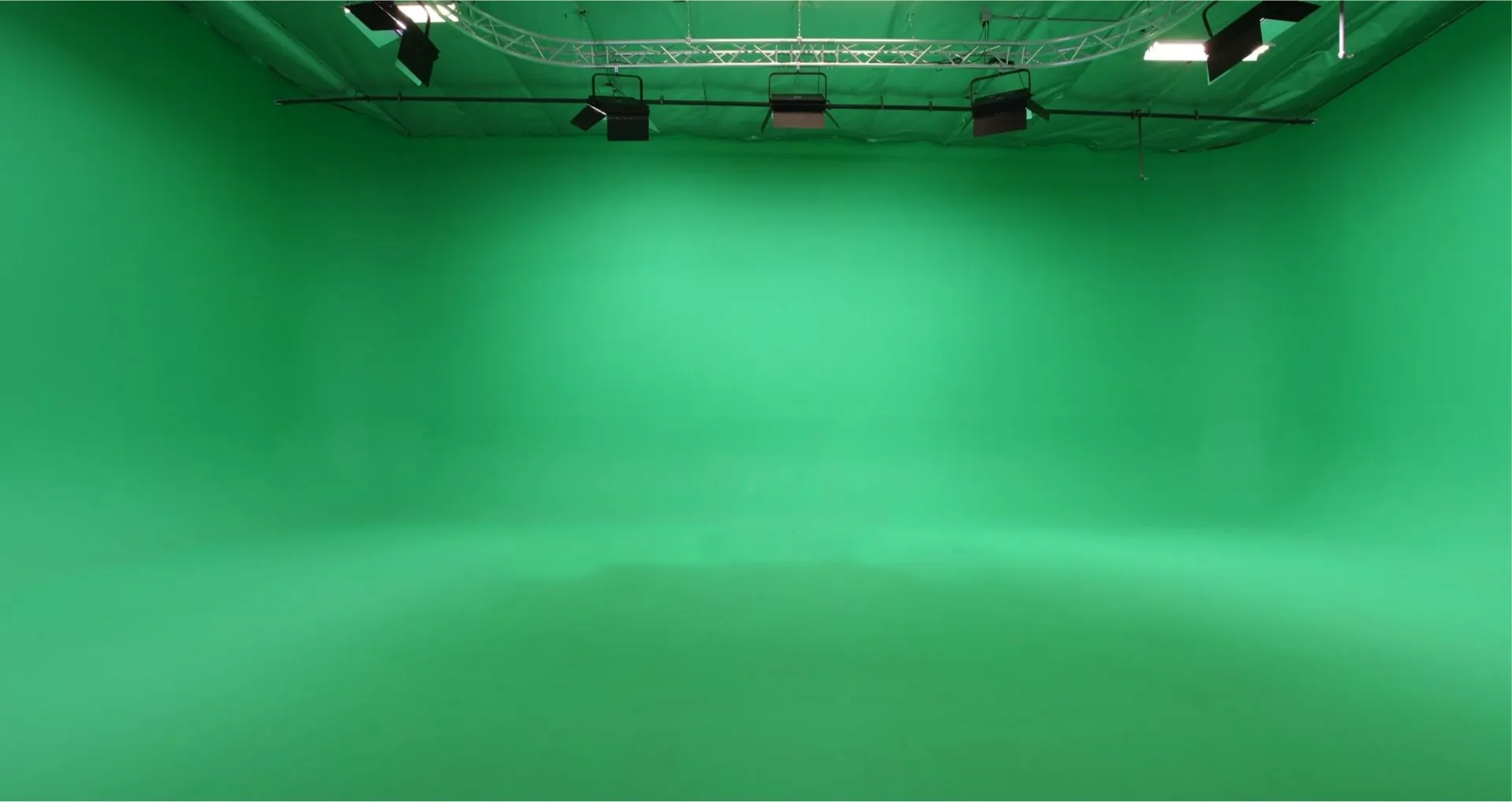
Are you a business owner struggling with engagement and conversion? You are not alone.
Over half a million businesses think that generating leads and traffic to their site is one of the biggest challenges they have to face.
It is an open secret that in today’s digital age, content creators, digital businesses, face an ongoing challenge of capturing and maintaining audience attention.
Amidst this landscape, one captivating medium that has emerged as a powerful tool for engaging audiences is animation.
This magical allure of whiteboard stems from its unique ability to combine visual storytelling, cognitive processing, and emotional connection, making it an effective method for delivering information and messages.
In this blog post, we will delve into the fascinating psychology behind whiteboard animation and explore why it captivates audiences like no other.
Psychological Facts Regarding Whiteboard Animation
1. The Power of Visual Storytelling
As human beings, we are naturally drawn to visuals. Our brains process images faster than text, and visuals have a profound impact on how we perceive and understand information. Whiteboard animated content, a form of 2D animation services, capitalizes on this innate preference for visuals by presenting content in a dynamic and engaging manner. By using simple drawings and illustrations, this type of animation transforms complex concepts into compelling narratives, captivating audiences from the very beginning.
2. Cognitive Processing and Retention
The dual coding theory suggests that information is processed more effectively when presented in both visual and verbal formats. Whiteboard video animations, with its combination of drawings and accompanying narration, leverages this theory to enhance memory retention and understanding. As viewers watch the illustrations unfold while listening to the narrator, they are more likely to retain the information due to the simultaneous activation of multiple cognitive processes.
3. Simplicity and Clarity

In a world filled with overwhelming amounts of information, simplicity and clarity are key to keeping audiences engaged. Whiteboard animation excels in this aspect by distilling complex ideas into concise and visually appealing representations. The use of straightforward drawings and a clear narrative structure ensures that viewers can easily grasp the main points of the content without feeling overwhelmed.
4. Emotional Connection
Emotions play a significant role in audience engagement. Content that evokes emotions is more likely to be remembered and shared. The animated whiteboard content, through its artistic style and relatable characters, has the power to evoke a range of emotions, from humor to empathy. By establishing an emotional connection with the audience, whiteboard animated content s create a lasting impact that resonates with viewers long after they’ve watched the animation.
5. The Power of Surprise and Anticipation
One of the secrets behind animated content’s captivating nature lies in its ability to surprise and captivate audiences with each unfolding illustration. As viewers eagerly anticipate what the next drawing will reveal, they remain engrossed in the storytelling process. The element of surprise keeps them hooked and actively engaged throughout the animation.
6. Personalization
In today’s digital era, personalized content is highly valued by audiences. Animated content offers a unique opportunity for content creators to tailor messages to specific target audiences. Whether it’s using relatable characters or incorporating personalized elements, such as names or specific scenarios, animated content can establish a deeper connection with viewers and make them feel seen and understood.
7. Attention Span and Engagement
With decreasing attention spans in the digital age, content creators face the challenge of keeping audiences engaged. Whiteboard animated content, with its dynamic visual style and concise storytelling, caters to shorter attention spans and maintains viewers’ interest from start to finish. The combination of drawings, narration, and the element of surprise keeps the audience actively involved, ensuring their undivided attention.
8. Empowerment and Call to Action
Empowerment is a powerful motivator for audiences. Animated content can empower viewers by presenting complex topics in an accessible and understandable way. By breaking down barriers to comprehension, animated content s inspire confidence and encourage viewers to take action, whether it’s learning more about a subject or acting upon a call to action.
9. Accessibility and Inclusivity

Content creators must prioritize accessibility and inclusivity to reach a diverse audience. Animation, with its visual nature and limited reliance on language, can transcend language barriers and cater to a global audience. Additionally, by representing diverse characters and inclusive scenarios, animated content creates a sense of representation and inclusivity for all viewers.
10. The Rise of 3D Animation
In recent years, logo animation has gained popularity as a powerful branding tool. Brands are increasingly incorporating 3D logo animations to captivate their audiences and leave a lasting impression. These animations add depth and dimension to a brand’s logo, making it more memorable and visually striking.
11. Psychological Considerations in Animation Creation
Understanding the psychology of the target audience is essential in creating impactful animated content s. By applying psychological principles, such as visual priming or emotional cues, content creators can further enhance the effectiveness of their animations in captivating audiences. Collaborating with psychologists can offer valuable insights and strategies to optimize the psychological impact of animated content s.
12. Enhancing Learning and Education
Animated content has proven to be a powerful tool in the field of education. Its engaging and interactive nature makes it an excellent medium for explaining complex concepts to students. Teachers and educators can leverage animated content s to capture their students’ attention and create an enjoyable learning experience. By combining visuals with narration, animated content s cater to different learning styles, ensuring that students grasp the material more effectively.
13. Whiteboard Animation in Marketing and Advertising
Beyond education, animated content has found its way into marketing and advertising strategies. Brands have recognized the potential of animated content s to communicate their messages in a concise and entertaining manner. Whether it’s explaining a product’s features, showcasing a service, or telling the brand’s story, animated content can captivate audiences and increase brand awareness. Additionally, animated content s are highly shareable on social media platforms, making them an effective tool for viral marketing campaigns.
14. The Role of Music and Sound Effects
While the visual aspect of animated content is crucial, the inclusion of music and sound effects plays a significant role in enhancing the overall viewing experience. Well-chosen background music can set the tone, evoke emotions, and maintain viewers’ interest. Sound effects, such as subtle cues for drawing movements or impactful transitions, add depth and engagement to the animation. The combination of visuals, narration, music, and sound effects creates a multisensory experience that immerses the audience in the content.
15. The Future of Whiteboard Content
As technology continues to evolve, the future of whiteboard animated content looks promising. Advancements in animation software and hardware will likely lead to even more visually stunning and seamless animated content s. The integration of virtual reality (VR) and augmented reality (AR) could take animated content s to the next level, allowing audiences to immerse themselves fully in the storytelling process.
16. Tips for Creating Compelling Animated Content

Creating impactful animated content requires careful planning and execution. Here are some tips to ensure your animated content s captivate and engage audiences effectively:
- Know your audience: Understand your target audience’s preferences, interests, and pain points to tailor the content accordingly.
- Craft a compelling script: The narration is the backbone of your animated content. Ensure the script is clear, concise, and aligns with your audience’s needs.
- Use visuals strategically: Keep the visuals simple, relevant, and engaging. Avoid clutter and focus on conveying the main message effectively.
- Utilize music and sound effects: Select appropriate music and sound effects that complement the narrative and enhance the emotional impact.
- Create a captivating opening: Grab the audience’s attention from the start with a compelling opening scene or hook.
- Maintain a consistent pace: Balance the pacing of your animated content to keep the audience engaged throughout.
- End with a strong call to action: Encourage viewers to take the desired action, whether it’s subscribing to a channel, visiting a website, or making a purchase.
17. Animated Content in Corporate Training
Apart from education and marketing, animated content has proven to be an effective tool in corporate training programs. Training sessions can sometimes be dry and monotonous, leading to decreased engagement and retention among employees. However, incorporating animated content can transform these sessions into captivating and interactive experiences.
Incorporating animated content in corporate training materials not only simplifies complex concepts but also makes the learning process enjoyable. It allows trainers to present information in a visually appealing manner, keeping the learners focused and interested. Moreover, animated content s can be utilized for various training topics, including product demonstrations, onboarding procedures, compliance guidelines, and soft skills development.
18. The Impact of Storyboarding in Whiteboard Animation
The process of creating an animated content begins with storyboarding. Storyboarding involves planning and organizing the visual sequence of the animation. This crucial step helps content creators visualize the flow of the story, ensuring that the animation effectively conveys the intended message.
In the storyboarding phase, content creators outline the scenes, characters, and key elements that will be included in the animation. By carefully crafting the storyboard, they can maintain coherence and avoid unnecessary distractions during the animation process.
19. Measuring Success: Analytics in Animated Content
As with any form of content creation, assessing the success of animated content s is essential. By analyzing relevant metrics and data, content creators can understand how well the animations are resonating with the audience and identify areas for improvement.
Analytics tools can provide valuable insights into audience engagement, including metrics such as view duration, click-through rates, and audience demographics. Understanding these data points can help content creators refine their approach and create more compelling animated content s in the future.
20. Psychological Impact of Colors in Animated Content
Colors play a vital role in eliciting emotions and influencing audience perceptions. When creating animated content, content creators must carefully choose the color palette to match the tone and theme of the content.
For instance, warm colors like red and orange can evoke feelings of excitement and energy, while cool colors like blue and green can promote a sense of calmness and tranquility. By understanding the psychological impact of colors, content creators can harness their power to enhance the emotional connection with the audience.
Wrapping Up
By leveraging the power of visual storytelling, cognitive processing, emotional connection, and surprise, animated content continues to leave a lasting impact on viewers. From educational content to marketing strategies, and even corporate training programs, animated content has the potential to simplify complex concepts, evoke emotions, and empower audiences. As technology evolves and creative boundaries are pushed further, the future of animated content appears promising.








